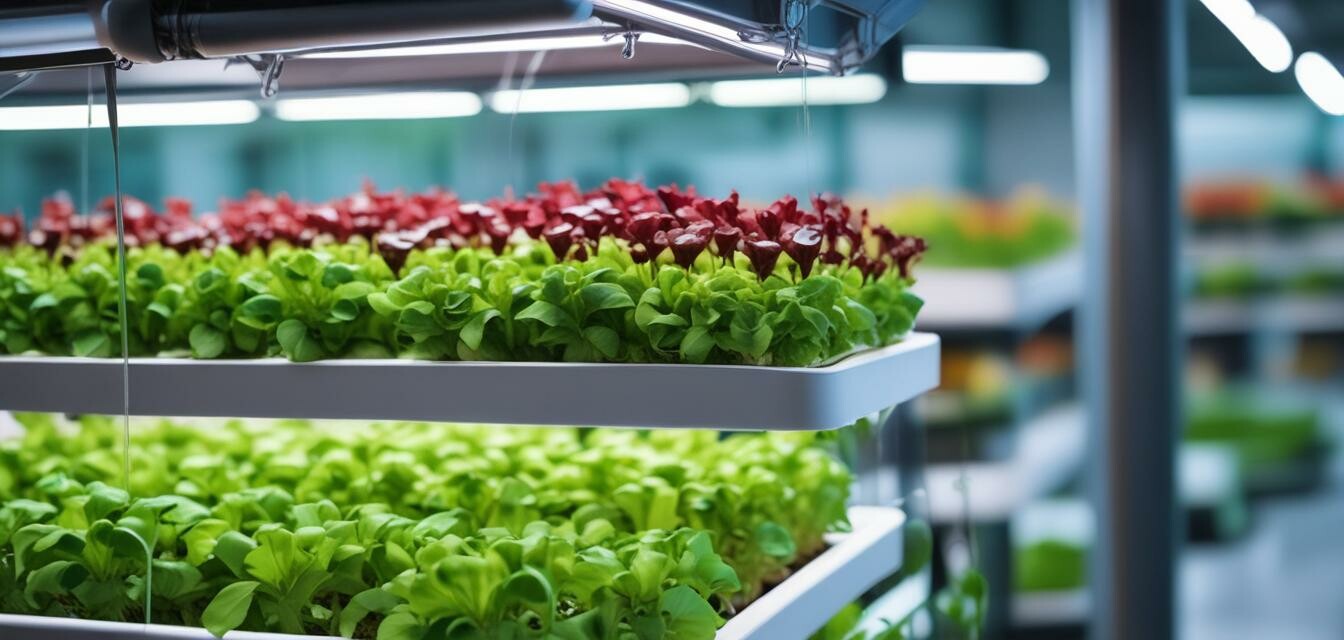
Maximizing Nutrient Efficiency in Hydroponics
Key Takeaways
- Understanding nutrient solutions is crucial for plant health.
- Monitoring pH and EC levels ensures optimal nutrient uptake.
- Adjusting feeding schedules based on plant growth stages maximizes efficiency.
- Identifying and correcting nutrient deficiencies can prevent plant stress.
In the world of hydroponics, nutrient management plays a pivotal role in the overall health of your plants. With the right strategies in place, you can ensure that your hydroponic plants receive the nutrients they need for robust growth. Whether you are a seasoned grower or just starting, understanding the essential aspects of nutrient management will greatly enhance your hydroponic garden's productivity.
Understanding hydroponic nutrients
Hydroponic nutrients are specialized fertilizers formulated to provide the essential macro and micronutrients plants rely on for growth. Unlike traditional soil gardening, hydroponic systems require precise measurements of nutrients to ensure battery efficiency.
Key nutrients in hydroponics
| Nutrient | Role in Plant Growth | Common Sources |
|---|---|---|
| Nitrogen (N) | Essential for leaf and stem growth | Urea, Ammonium nitrate |
| Phosphorus (P) | Crucial for root development and flowering | Superphosphate, Bone meal |
| Potassium (K) | Regulates various physiological functions | Potassium sulfate, Potassium nitrate |
| Calcium (Ca) | Strengthens cell walls and promotes healthy growth | Calcium nitrate |
| Magnesium (Mg) | Involved in photosynthesis | Epsom salts |
| Iron (Fe) | Essential for chlorophyll production | Iron chelates |
Importance of monitoring pH and EC
Maintaining the right pH and electrical conductivity (EC) levels in your nutrient solution is key to achieving nutrient efficiency. The pH level affects how well plants can absorb nutrients. Most hydroponic plants thrive at a pH range of 5.5-6.5.
Ideal pH levels for different plants
| Plant Type | Ideal pH Level |
|---|---|
| Lettuce | 5.5 - 6.0 |
| Tomatoes | 5.8 - 6.0 |
| Basil | 6.0 - 6.5 |
| Strawberries | 5.5 - 6.5 |
Electrical conductivity (EC) measures the nutrient concentration in your solution. By monitoring and adjusting both these parameters regularly, you can maximize nutrient uptake and improve plant health.
Feeding schedules
Establishing a tailored feeding schedule based on the growth stage of your plants can significantly enhance nutrient intake. Here’s a basic guideline:
Growth stages and feeding frequency
| Growth Stage | Nutrient Solution Frequency |
|---|---|
| Seedling | Once every 5-7 days |
| Vegetative | Once every 2-3 days |
| Flowering/Fruiting | Every 1-2 days |
Identifying and correcting nutrient deficiencies
Timely identification of nutrient deficiencies is vital to maintaining healthy plants. Common symptoms to watch for include:
- Yellowing leaves: Could indicate nitrogen deficiency.
- Purple leaf tips: May imply phosphorus deficiency.
- Brown edges: Often a sign of potassium deficiency.
Corrective actions
Once a deficiency is identified, you can take specific actions to rectify the issue:
- Adjust the nutrient formula to address the lacking nutrient.
- Ensure proper pH levels are maintained to facilitate nutrient uptake.
- Consider adding supplements designed to deliver specific nutrients.
Tips for Beginners
- Start with pre-mixed nutrient solutions to simplify feeding.
- Keep a journal to track your plant growth and nutrient responses.
- Use a reliable pH meter and EC meter for accurate readings.
- Regularly observe your plants for signs of distress or nutrient imbalance.
- Experiment and adapt your nutrient strategies as you learn what works best for your setup.
Conclusion
Maximizing nutrient efficiency in hydroponics requires an understanding of the specific needs of your plants, keen observation skills, and a willingness to adapt. By following the tips and strategies outlined above, you can ensure your hydroponic garden thrives, providing you with fresh produce year-round. For further reading, explore our articles on nutrient management, nutrient solutions, and complete systems for beginners.